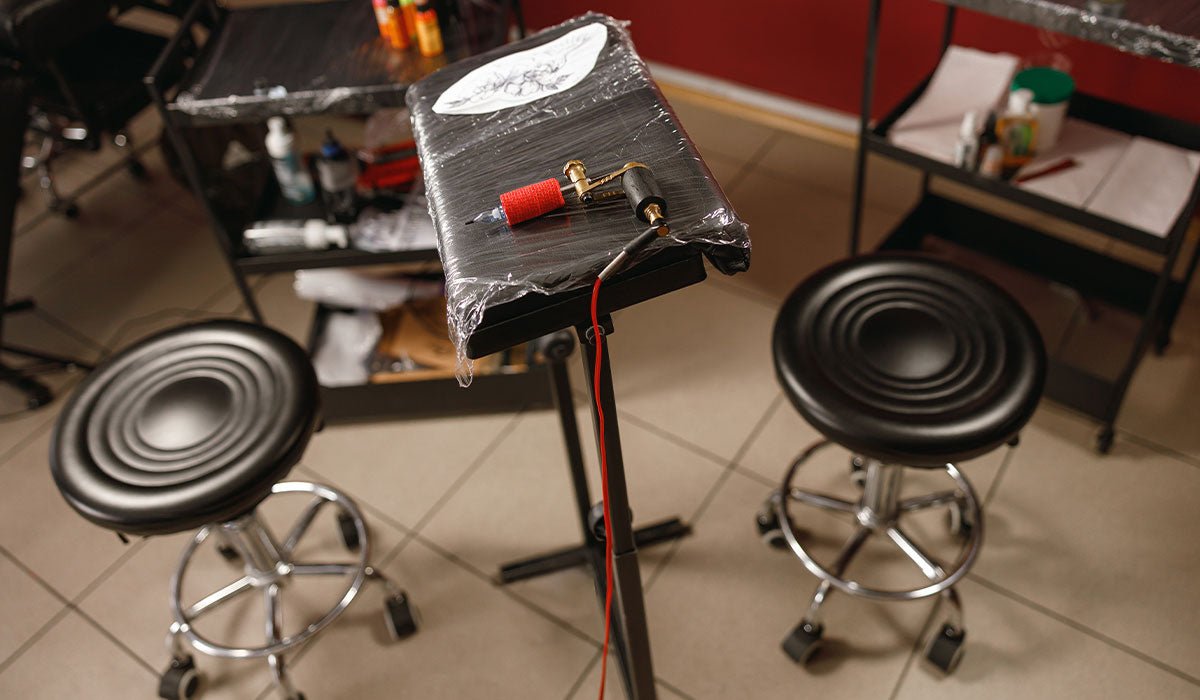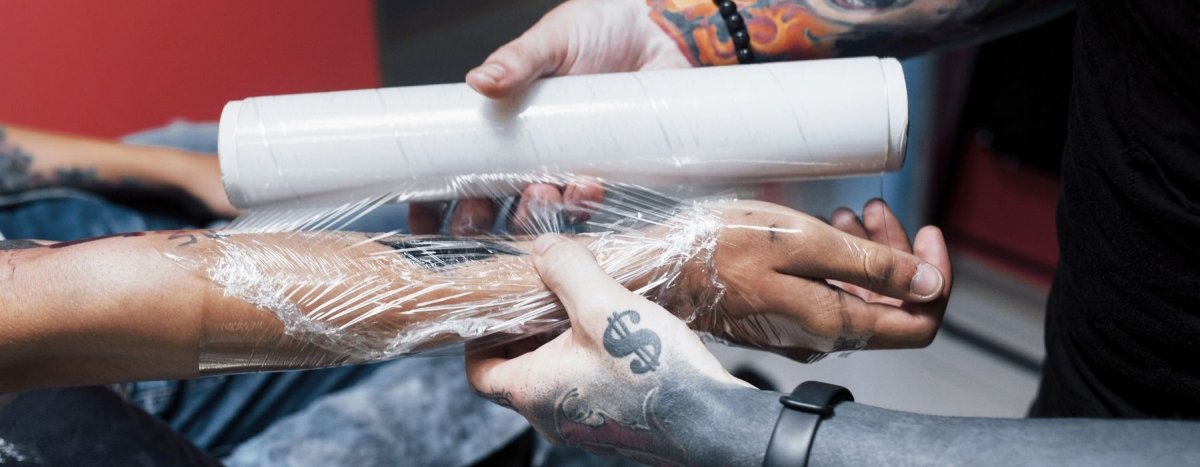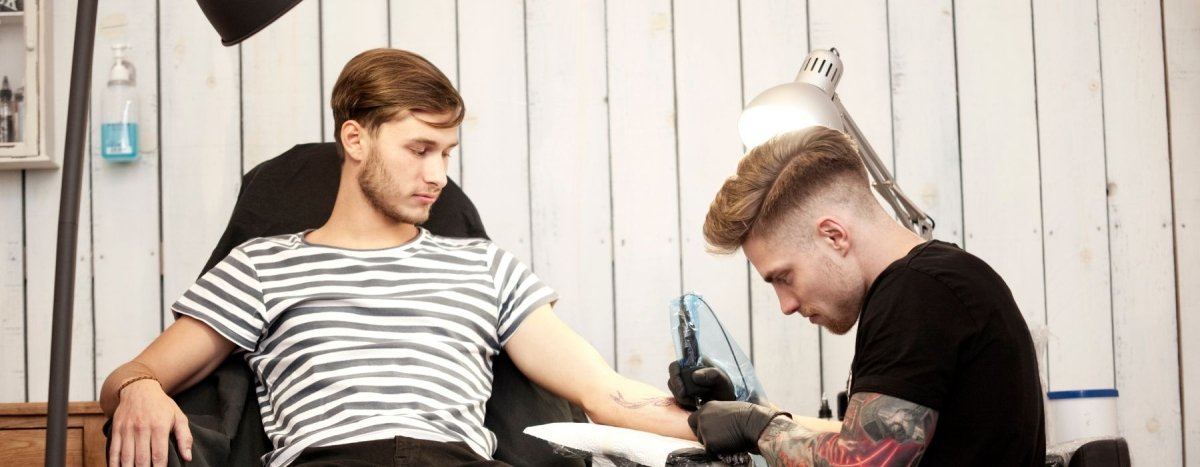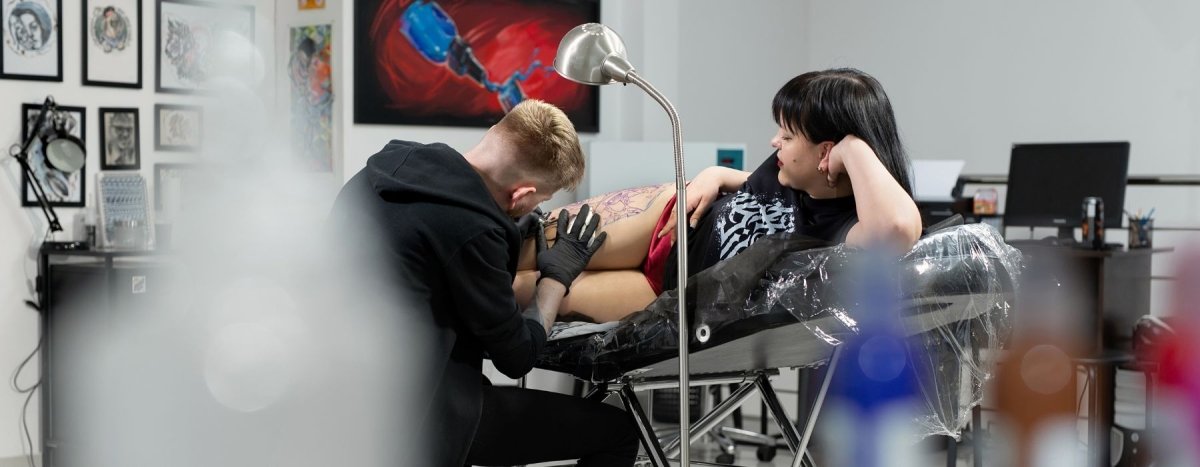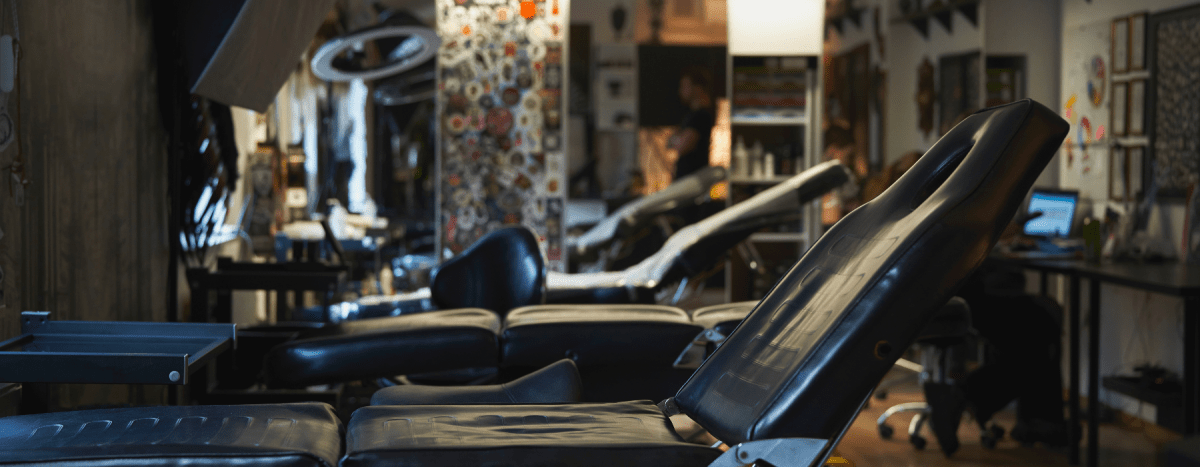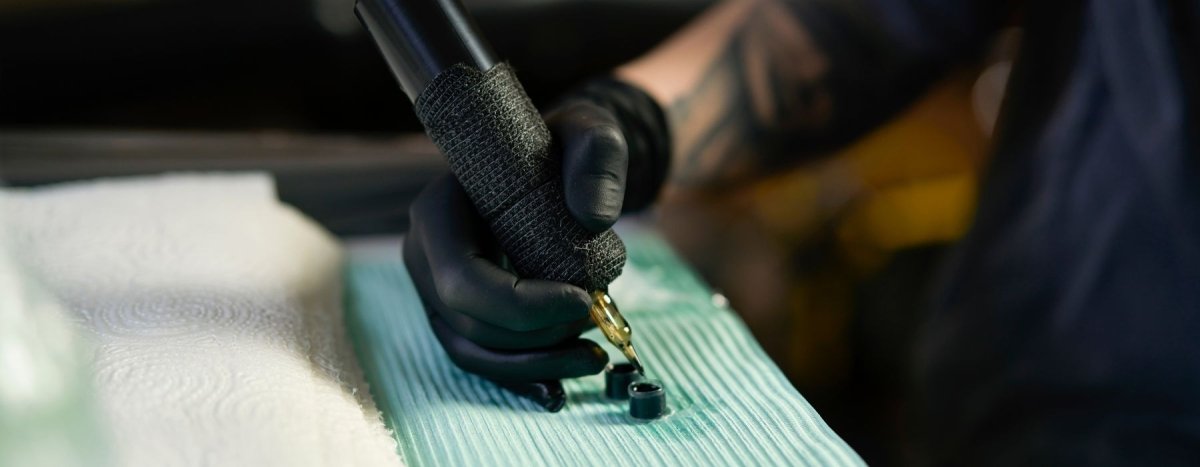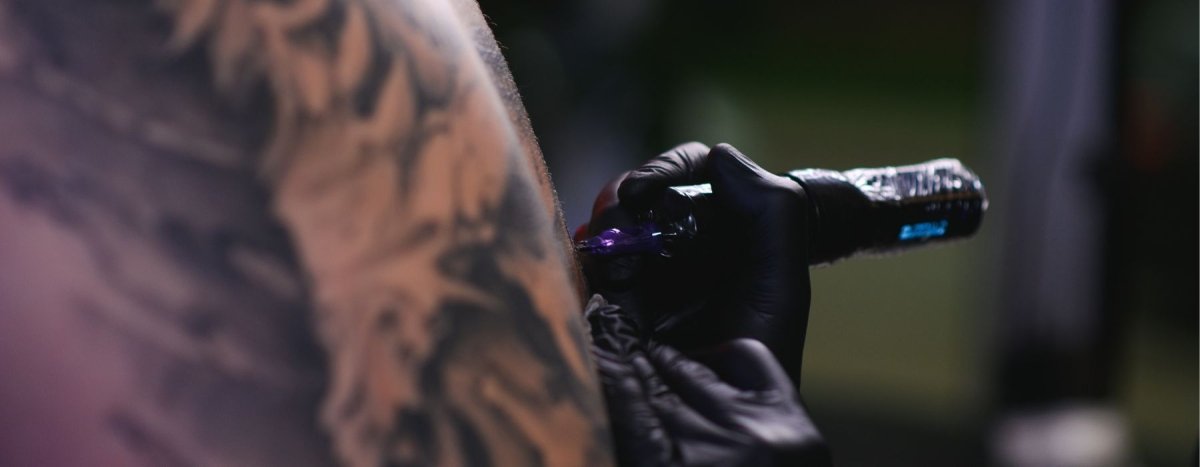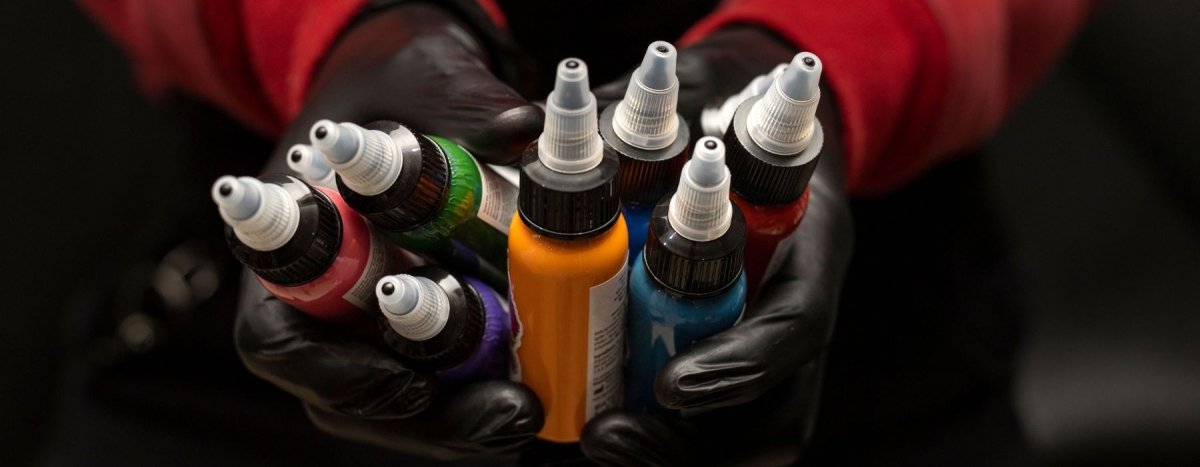Your cart is empty
Looks like you haven't added anything to your cart yet

Fine Line Tattooing: Tips and Best Supplies
Delicate Line Tattooing: A Rising Trend in Modern Artistry
Delicate line tattooing has recently surged in popularity, drawing the attention of both tattoo artists and aficionados for its subtle yet complex patterns. This method is defined by slender, sharp lines that craft detailed and often minimalist imagery. It demands specific skills and the appropriate equipment for successful execution. In this article, we'll delve into key advice for delicate line tattooing and suggest the ideal tools for artists aspiring to master this craft.
Decoding Delicate Line Tattooing
Delicate line tattooing transcends the mere use of a slim needle. It revolves around meticulousness, dexterity, and comprehending the interaction of fine lines with human skin. Typically, this technique involves crafting intricate designs in a single stroke, necessitating an artist's steady hand and refined method.
Vital Advice for Tattoo Artists
Enhance Precision: Hone your skills on artificial or pig skin before applying ink to human skin. This practice aids in mastering needle depth and pressure control.
Maintain Hand Stability: For delicate line work, a stable hand is essential. Engage in activities that bolster hand steadiness.
Ink Flow Knowledge: Grasping the dynamics of ink flow is critical in this style. Excessive ink may cause blurring, whereas insufficient ink can result in patchy lines.
Skin Stretching Methods: Effective skin stretching is crucial for smooth, unbroken lines. Understand the correct tension for various skin types.
Design Consideration: Not every design is suited for delicate lines. Opt for or create designs that naturally align with this fine technique.
Optimal Tools for Delicate Line Tattooing
Investing in superior tools is crucial for delicate line tattooing. Here are some recommended essentials:
Smooth Rotary Tattoo Machines: These devices offer consistent power output, are generally quieter, and have minimal vibration, making them ideal for delicate line work.
Specialized Tattoo Needles: Opt for needles tailored for delicate line work, like 3RL or 1RL sizes.
Premium Ink: High-quality ink is imperative. Select brands renowned for their vivid hues and uniformity.
Supportive Arm Rests: Stability is paramount, thus using an armrest can aid in maintaining control during the tattooing process.
Effective Lighting: Proper lighting is necessary for discerning fine details. Adjustable LED lights offer bright, concentrated lighting.
Conclusion
Delicate line tattooing is an art that demands practice, precision, and appropriate tools. By adhering to these guidelines and investing in top-notch equipment, artists can excel in this intricate art form, creating mesmerizing, detailed designs that endure. Whether you are an experienced tattoo artist or a newcomer, integrating the delicate line technique can broaden your artistic scope and impress your clients with its understated sophistication.Featured Blogs
- Choosing a selection results in a full page refresh.




